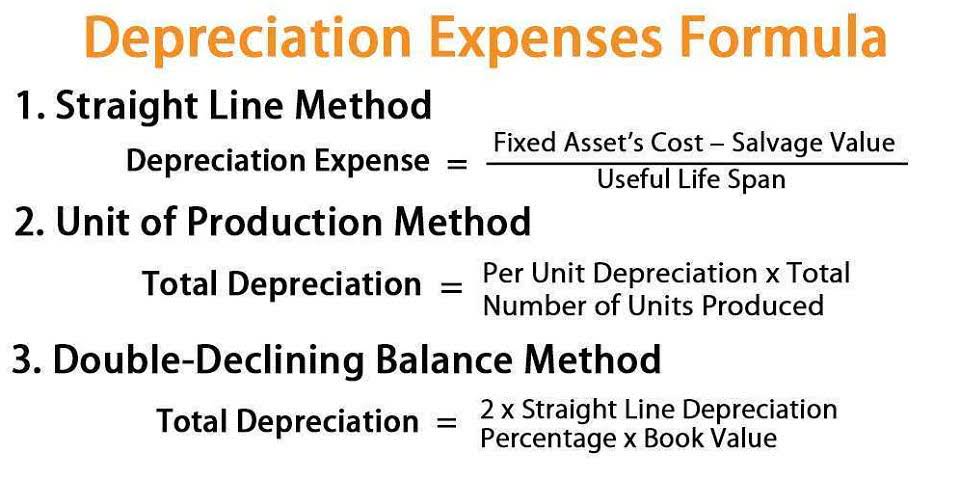
When the actual inventory goes obsolete, the company has to quantify them in the dollar value and make the adjustment. By this time, the obsolete inventory will be disposed, so it should be removed from the balance sheet. The company has to remove the inventory and reverse the allowance for obsolete inventory.

Inventory Reserves- Common Types, Uses, & Calculations
When the obsolete inventory is finally disposed of, both the inventory asset and the allowance for obsolete inventory is cleared. Second, the balance sheet is affected as the value of inventory under current assets decreases. The write-down reduces the carrying amount of inventory to its net realizable value which impacts the total asset value reported.
- The reserve is then used to offset any losses that may be incurred due to the disposal or write-off of obsolete inventory.
- Based on the review results, the business may determine that some of the inventory is missing, damaged, or stolen.
- By accounting industry standards, inventory reserve is a conservative methodology.
- Second, the balance sheet is affected as the value of inventory under current assets decreases.
- Inventory reserves are applicable under virtually all methods of recording the value of inventory, including the FIFO, LIFO, and weighted average methods.
- Standard costing has been a foundational tool in cost accounting for decades, helping businesses set predetermined costs for products and measure variances against actual costs.
Applying GAAP to Inventory Reserves

Inventory obsolete is the subaccount of the cost of goods sold which will deduct the company profit in the income statement. Inventory reserve is the contra account of inventory that will net off on balance sheet. A business will record a credit to the inventory asset account and a debit to the expense account using the direct write-off method.

Fraudulent Use of Inventory Reserves
So when we sold all inventory on balance sheet, we have to ensure that the inventory reserve is zero too. We could simply reverse back to the income statement by credit inventory write down. The company has to record the inventory of obsolete $ 40,000 on income statement. The inventory net balance will reduce by $ 40,000 as the allowance for inventory obsolete is the contra account of inventory. The journal entry is debiting inventory reserve and credit inventory, the difference between inventory loss and reserve needs to debit to expense (inventory write down).
© Accounting Professor 2023. All rights reserved
- To calculate the inventory obsolescence reserve, the business may use the percentage of sales or aging methods.
- To do so, compile the cost of the obsolete inventory that you’ve disposed of in the past year, and divide it by the average cost of the total inventory for the same period.
- The reserve is then used to offset any losses that may be incurred due to the disposal or write-off of excess inventory.
- Ideally, a business should maintain an obsolete inventory reserve that is paired with and offsets the inventory asset accounts.
- To calculate the LCM inventory reserve, the business should determine the inventory’s net realizable value (NRV).
To calculate the LCM inventory reserve, the business should determine the inventory’s net realizable value (NRV). The NRV is the estimated selling price of the inventory, less any estimated costs of completion and disposal. An LCM inventory reserve is needed if the NRV is less than the inventory cost. Lower of cost or market (LCM) inventory reserve is a provision created by a business to account for the potential loss in inventory value due to a decline in market value. Prepare an annual schedule that compares the size of the reserve as a percentage of the total inventory valuation, and run it back for a bunch of years.
- The inventory net balance will reduce by $ 40,000 as the allowance for inventory obsolete is the contra account of inventory.
- Obsolete Inventory is the amount of inventory that passes the best quality and it will be hard to sell to the customer.
- To make the correct journal entry for obsolete inventory, you first subtract the disposition price from the value on your books.
- This approach works pretty well, but only if you’re tracking charge-offs due to obsolete inventory.
- It is maintained as a contra asset account, so that the original cost of the inventory can be held on the Inventory account until disposed of.
- Generally Accepted Accounting Principles (GAAP) rules require you to account for the loss promptly in your bookkeeping.
- It turns out that a competitor is selling a good that is identical to Product A for $300 each, and the price decrease is more than temporary.
Obsolete inventory management

For example, even though there is some market for obsolete computer equipment, you will be hard-pressed to sell expired food and drink. In this case, you will be discarding the product, so you will need remove the inventory from the company’s books. In addition, if the inventory is included in the obsolescence reserve, you must remove it from the reserve as well. The journal entry removes the value of the obsolete inventory both from the allowance for obsolete inventory account and from the inventory account itself. Inaccurate forecasting and poor inventory replenishment practices are key reasons for obsolete inventory.
If the actual loss is lower than the estimated expenses, the company already record expense more than it should be. The expense will record in the income statement and we cannot change the expense as it has already closed reserve for obsolete inventory the report. It is the accounting estimate which depends on the company’s best estimation.
The principles of conservative accounting prescribe reporting assets as close to their current value as possible. If you’re not, and people are just throwing away old inventory, then there’s no way to make the estimate. Instead, the lost inventory just means that the ending inventory valuation is now lower, which means that the Certified Public Accountant obsolescence losses are being dumped into the general cost of goods sold expense.
Leave a Reply